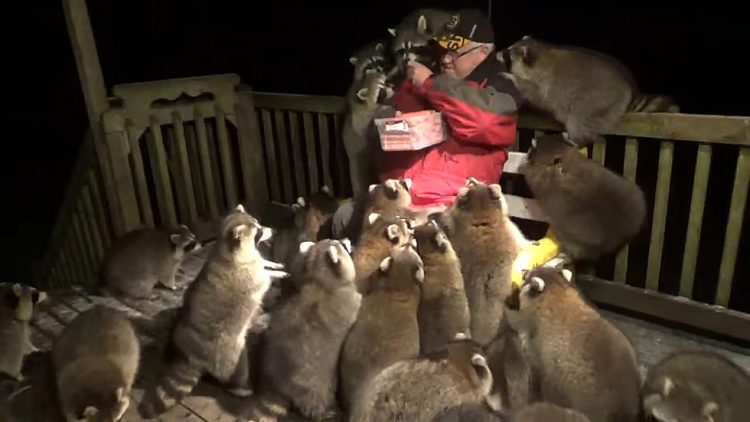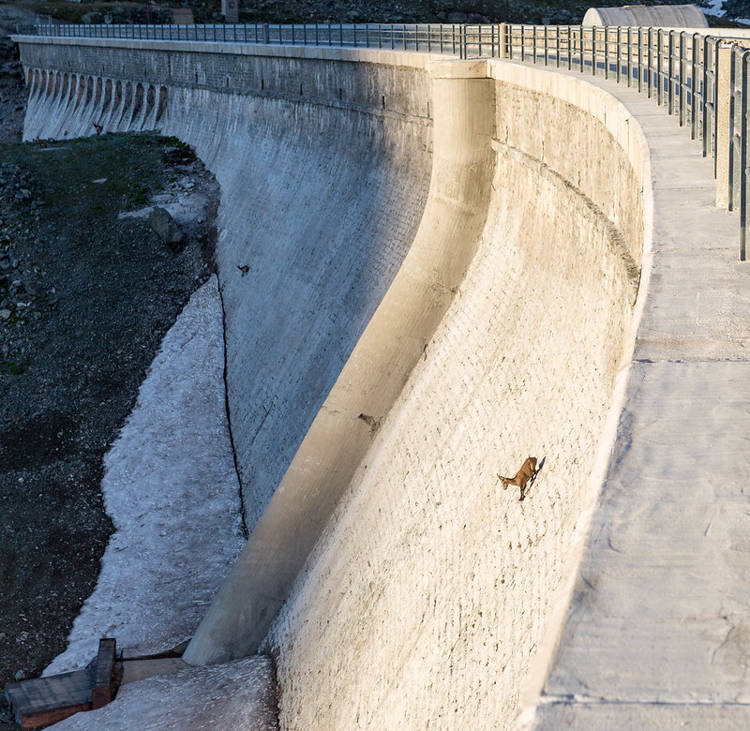The Germans are known for their machine engineering, but it turns out that they’re not to shabby when it comes to genetic engineering either, and the jagdterrier, a living breathing hunting machine, is a perfect example.
Literally German for “hunt terrier”, the jagdterrier is a hunting dog developed in Germany between the two world wars, in a time when German nationalism and feeling of superiority were at an all-time high. Hunting cynologists Walter Zangenberg, Carl Erick Grunewald, and Rudolph Friess decided that the popular Fox Terrier was being bred more as a show dog, and less as an efficient hunting machine, so they started working on a new breed of terrier, one that would be superior to British and American breeds.





















